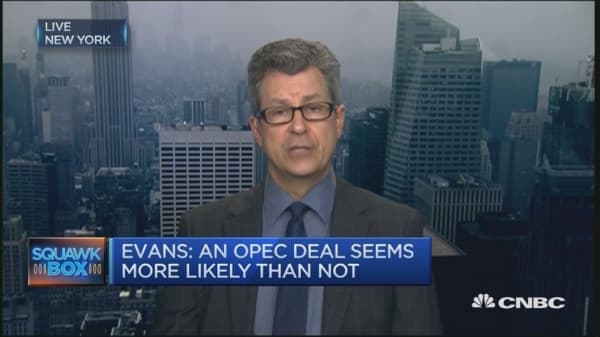Now, the market will taketh away what it had giveth.
The question now is: how ugly will it get?
Saudi Arabia oil output has surged to nearly 10.5 million barrels per day (bpd). The rise, initiated earlier this year, was meant to satisfy a seasonal rise in internal demand over the summer, while maintaining global market share. (Saudi Arabia uses unrefined, crude oil as a feedstock for electrical generation units, which are fired-up to meet demand from heavy air-conditioning use.)
In the past, Saudi Arabia reduced output levels once the summer demand ebbed, but not this year. Instead, they have maintained production and ramped up exports, taking the battle for market share with Iran and others to new heights.
In a recent meeting with Iranian officials, the Saudis supposedly threatened to unleash even more production and exports, if there was no OPEC deal.
There is precedent for Saudi Arabia to sink the oil market, in an effort to get other producers to come to heel. Besides the current iteration, back in 1998-1999, the Saudis flooded the market with supply to push back against Venezuela's adventurism in the oil market, and prices fell to around $10 per barrel.
That was ugly. The damage done to U.S. production was never repaired, until the hydrofracturing revolution.
This week, the Saudi oil minister appeared to be preparing for a post-meeting collapse by claiming that the market will rebalance, even without an output accord.
He may be right about that, but it will take time. Prices likely will be unable to recover, on that basis, until late next year, especially with increasing volumes expected from Iran, Iraq, Russia, and Azerbaijan, among others, without even mentioning U.S. shale players who will re-emerge like summer flies on a warm late fall day.
The wait for what happens next will end by Wednesday afternoon, if not sooner. This time around the ugliness will likely hit its peak at the low price point from earlier this year near $25 per barrel.




